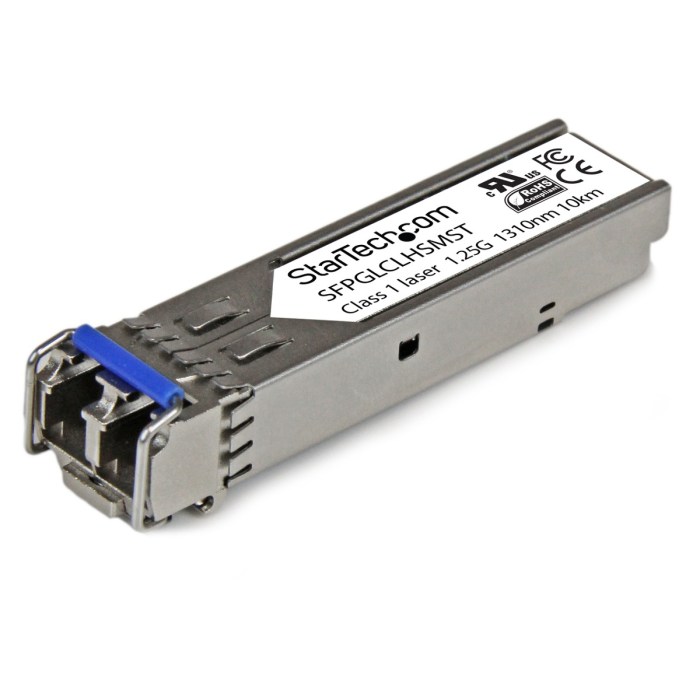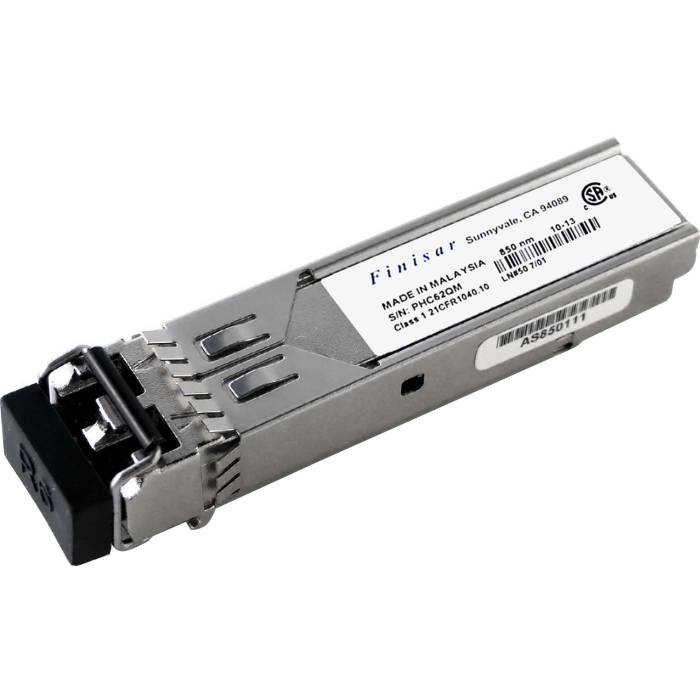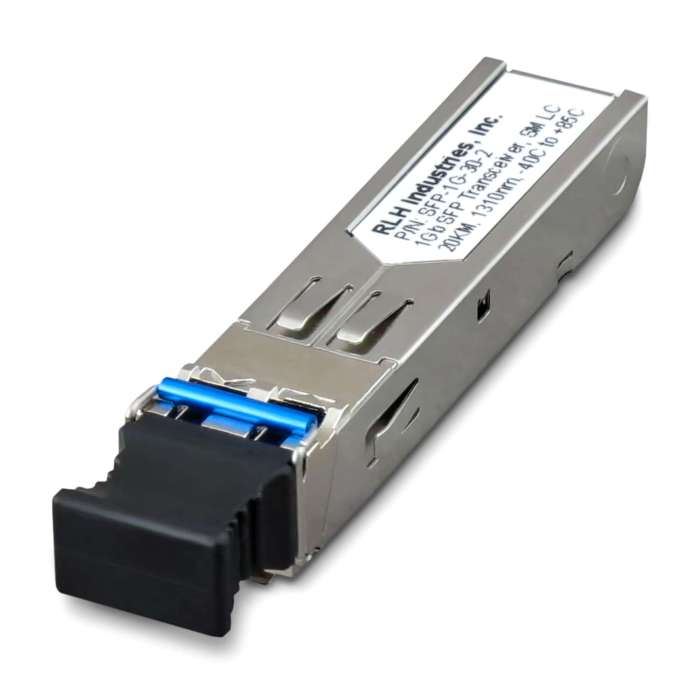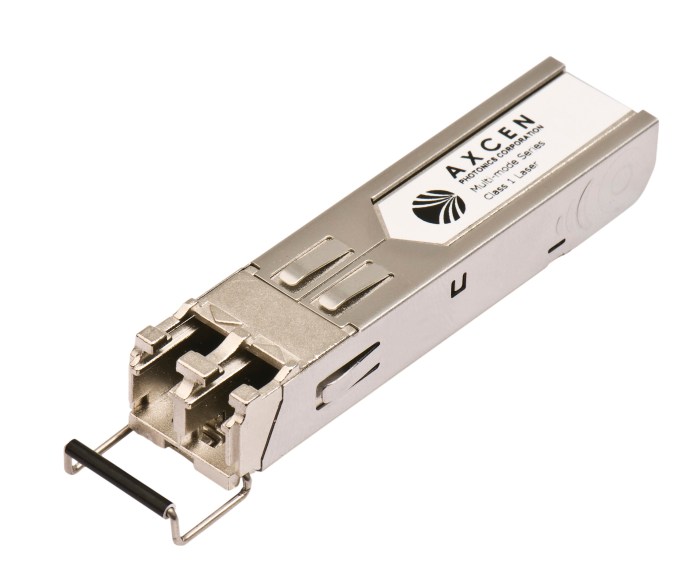Any radio hardware containing a transmitter and receiver forms the cornerstone of wireless communication, enabling the seamless exchange of information across vast distances. This comprehensive guide delves into the intricacies of these devices, exploring their types, components, frequency ranges, antenna designs, and diverse applications.
From basic principles to cutting-edge advancements, this exploration unravels the fascinating world of radio hardware, empowering readers with a profound understanding of its capabilities and limitations.
Types of Radio Hardware
Radio hardware that contains both a transmitter and receiver can be categorized into various types based on their design, frequency range, and applications. Here are some common types of radio hardware:
- Transceivers:Transceivers are self-contained units that combine both a transmitter and receiver in a single device. They are typically used in applications where space is limited, such as portable radios and wireless communication devices.
- Walkie-talkies:Walkie-talkies are handheld transceivers designed for short-range communication. They are commonly used in security, construction, and outdoor activities.
- Base stations:Base stations are fixed transceivers that provide coverage for a specific area. They are used in cellular networks, wireless internet, and other applications that require wide-area coverage.
- Repeaters:Repeaters are transceivers that receive and retransmit signals, extending the range of communication. They are used in areas with poor signal reception, such as mountainous terrain or underground locations.
- Satellite transponders:Satellite transponders are transceivers located on satellites in orbit. They receive signals from Earth-based stations and retransmit them back to Earth, enabling global communication.
Each type of radio hardware has its own advantages and disadvantages, depending on the specific application requirements.
Transmitter and Receiver Components

A typical radio transmitter and receiver consist of the following key components:
Transmitter Components:
- Antenna:The antenna converts electrical signals into electromagnetic waves and radiates them into the surrounding space.
- Modulator:The modulator modifies the carrier signal to carry information, such as voice or data.
- Power amplifier:The power amplifier boosts the modulated signal to a sufficient power level for transmission.
Receiver Components:, Any radio hardware containing a transmitter and receiver
- Antenna:The antenna receives electromagnetic waves and converts them into electrical signals.
- Tuner:The tuner selects the desired frequency from the received signals.
- Demodulator:The demodulator extracts the information from the modulated signal.
- Audio amplifier:The audio amplifier boosts the demodulated signal to a level suitable for listening or further processing.
These components work together to transmit and receive radio signals, enabling communication over a distance.
Frequency Ranges and Modulation: Any Radio Hardware Containing A Transmitter And Receiver

Radio hardware operates in various frequency ranges, each with its own characteristics and applications:
- Very low frequency (VLF):VLF signals have wavelengths in the kilometers range and are used for long-distance communication, such as submarine communication and navigation.
- Low frequency (LF):LF signals have wavelengths in the hundreds of meters range and are used for AM broadcasting and maritime communication.
- Medium frequency (MF):MF signals have wavelengths in the tens of meters range and are used for AM broadcasting and communication with aircraft and ships.
- High frequency (HF):HF signals have wavelengths in the meters range and are used for long-distance communication, such as international broadcasting and amateur radio.
- Very high frequency (VHF):VHF signals have wavelengths in the decimeters range and are used for television broadcasting, FM radio, and communication with aircraft and ships.
- Ultra high frequency (UHF):UHF signals have wavelengths in the centimeters range and are used for television broadcasting, mobile communication, and satellite communication.
Radio hardware also employs various modulation techniques to encode information onto the carrier signal:
- Amplitude modulation (AM):AM varies the amplitude of the carrier signal in accordance with the information signal.
- Frequency modulation (FM):FM varies the frequency of the carrier signal in accordance with the information signal.
- Phase modulation (PM):PM varies the phase of the carrier signal in accordance with the information signal.
The choice of frequency range and modulation technique depends on factors such as the desired range, bandwidth, and interference resistance.
Antenna Design and Performance
The antenna is a crucial component of radio hardware, affecting the signal strength, range, and directivity:
Types of Antennas:
- Dipole antenna:A dipole antenna consists of two parallel conductors of equal length, separated by a small gap. It is commonly used for transmitting and receiving radio signals.
- Yagi-Uda antenna:A Yagi-Uda antenna is a directional antenna that consists of a dipole antenna with additional parasitic elements to enhance gain and directivity.
- Helical antenna:A helical antenna is a type of directional antenna that has a helical shape, providing high gain and narrow beamwidth.
- Patch antenna:A patch antenna is a low-profile antenna that is often used in portable devices and wireless communication systems.
Antenna Performance Factors:
- Gain:Gain is a measure of the antenna’s ability to concentrate the radiated power in a specific direction.
- Directivity:Directivity is a measure of the antenna’s ability to focus the radiated power in a specific direction, reducing interference from other sources.
- Bandwidth:Bandwidth is the range of frequencies over which the antenna can operate efficiently.
The choice of antenna design depends on the specific application requirements, such as the desired range, directionality, and bandwidth.
Applications of Radio Hardware

Radio hardware finds applications in a wide range of industries and domains:
- Communication:Radio hardware is used for communication in various forms, including mobile phones, walkie-talkies, satellite communication, and wireless networks.
- Navigation:Radio hardware is used in navigation systems, such as GPS and radar, to determine location and direction.
- Remote control:Radio hardware is used for remote control applications, such as garage door openers, keyless entry systems, and drones.
- Industrial automation:Radio hardware is used in industrial automation systems for wireless communication between sensors, actuators, and controllers.
- Medical devices:Radio hardware is used in medical devices, such as pacemakers and implantable devices, for wireless communication and data transmission.
Radio hardware plays a vital role in enabling communication, navigation, and various other applications across different sectors.
Emerging Trends in Radio Hardware

Radio hardware technology is constantly evolving, with new advancements and trends shaping the future of radio communication:
- Software-defined radio (SDR):SDR is a technology that allows a single radio hardware platform to be reconfigured to operate on different frequencies and protocols, providing flexibility and adaptability.
- Cognitive radio:Cognitive radio is a technology that enables radio hardware to sense the surrounding environment and adjust its transmission parameters accordingly, improving spectrum utilization and reducing interference.
- Massive MIMO (multiple-input multiple-output):Massive MIMO is a technology that uses multiple antennas at both the transmitter and receiver to enhance signal strength, capacity, and coverage.
- Beamforming:Beamforming is a technique that allows radio hardware to focus the transmitted signal in a specific direction, improving signal strength and reducing interference.
These emerging trends are driving innovation and advancements in radio hardware technology, enabling new applications and enhancing the performance of existing ones.
Helpful Answers
What are the main components of a radio transmitter and receiver?
A radio transmitter typically consists of an oscillator, modulator, power amplifier, and antenna, while a receiver includes an antenna, tuner, demodulator, and audio amplifier.
What is the difference between AM and FM modulation?
AM (amplitude modulation) varies the amplitude of the carrier wave in accordance with the audio signal, while FM (frequency modulation) varies the frequency of the carrier wave.
What factors affect the range of a radio signal?
The range of a radio signal is influenced by factors such as the frequency, power output, antenna design, and environmental conditions.